What the history of energy tells us about the age of renewables
The transition to using coal and water power can give us some clues about how the switch to clean energy could play out

Our exploration is in three parts: an introduction, an essay and an illustrated timeline.
This page is part of our policy library for decarbonising home heating.
Introduction
by Andrew Sissons
Where there is abundant energy, there is usually economic growth. Whenever the supply of energy has grown in history, a major economic breakthrough has never been far away. The original industrial revolution in Britain is synonymous with the rise of coal, while the USA’s rise to economic prominence in the late 19th and early 20th centuries coincided with the development of both oil and electricity. Likewise, periods of energy scarcity – such as the oil crises of the 1970s and the gas crisis of 2022 – can hold back growth and create pain for households and businesses.
Despite the recent crisis, the world today is once again in the middle of a major energy transition with the potential to create widespread prosperity. The rapid growth and falling cost of renewable energy is not just good news for the climate – it could also vastly increase the amount of energy available to us and transform the economy in the process.
But as the essay by historian Anton Howes shows, energy transitions are rarely simple, linear or guaranteed. The people of pre-industrial Tyneside did not one day discover an abundance of coal in the ground and decide to start an industrial revolution. In fact, coal was, for centuries, known about but barely used. Nor did early factories all immediately switch to steam power after Watt developed his steam engine. The transition to coal happened in many phases, relied on various inventions and economic changes, and featured interactions between many different energy sources besides coal, as our timeline below indicates.
And while Britain’s transition to coal became irreversible, the cautionary tale of the Dutch Republic, whose promising period of economic growth came to an abrupt halt despite plentiful energy, shows that possessing energy alone is not a guaranteed route to prosperity. What you do with the energy matters just as much as having it in the first place.
There are several points we can draw from the history of energy transitions to help us think about the current switch to clean energy.
Abundant energy can, if well used, bring great benefits to people’s lives
In the early decades of the industrial revolution, the average English person was both taller and better fed than their French counterpart, reaping the benefits of greater availability of energy. Unsurprisingly, the population of Britain also grew much faster during this period too. For all that the early industrial revolution brought a new kind of urban suffering to many people, it also meant more food, longer lives and, much later, a dramatic increase in living standards. While increasing calorie intake is not a priority for the UK today, increasing living standards is. Abundant, cheap renewable energy could play a role in ending the economic stagnation of the last 15 years, while also eliminating man-made carbon emissions that began with the rise of coal.
Demand plays a key role in helping the energy supply to grow
The availability of energy itself – whether coal, peat, wind or sun – has no effect unless that energy is exploited. And without someone willing to pay for that energy, the infrastructure required to extract and distribute the energy cannot be maintained. In Britain, the coal industry grew in part because the nation continued to find new, valuable uses for it. The adaptation of London’s fireplaces to burn coal for heating created a reason to mine more coal and ship it down the east coast. Increasing demand for industrial goods – supported by Britain’s growing links to global trade – added further to the demand for coal, before the rise of the steam engine amplified this further. Without this continually increasing demand, Britain’s eighteenth century growth might have gone the way of the Dutch Republic in the previous century, where stalling demand led to abandoned energy infrastructure. As it was, Britain’s appetite for coal endured long enough to transform the global economy forever.
There is a clear lesson for today’s economy: if more energy is available, you should use it. Much of the discussion around net zero has focused on reducing energy demand, which is sensible while the supply of clean energy is constrained. But now that there is a clear route to cheap, abundant clean energy, our long-term thinking should shift to how we can use more of this energy, particularly the intermittent surplus energy created by renewables.
Energy transitions come in many different stages, with each stage throwing up unexpected opportunities
There was no simple, inevitable path from Britain beginning to exploit coal en masse in the mid sixteenth century to the industrial breakthroughs of the late eighteenth century. Coal’s initial rise was initially driven by domestic, not industrial, demand, but it soon provided the power for several newly expanding industries: salt, soap, gunpowder and so on. The way that different industries used different grades of coal – lower-quality grades for salt, higher-quality for glass, for instance – shows how markets can adjust and take advantage of new sources of energy.
When we think about potential new uses of clean energy today, we should not try too hard to predict the future, although it is worth exploring possibilities. Given the freedom to do so, industries can often make use of excess energy, in ways we might not expect. It is unwise to try to predict every single use case for a growing energy supply – and we should be comfortable expanding the energy supply even if it is not obvious to us how it will be used.
Energy transitions are rarely just about a single source of energy
One of coal’s early effects was to increase the supply of other sources of energy, particularly the supply of human and horse muscle. While some industries moved across to coal, others took advantage of the increase in horsepower for a whole range of tasks, such as grinding pigment for dyes and paints. Even more strikingly, much of the early industrial revolution was powered not by coal but by water – renewable energy, no less! Many early steam engines were used as a back-up for the variability of water power, just as gas power plants provide a back-up for renewable energy today. And even by the dawn of the railways, some engineers were still choosing hybrid water-coal systems over modern steam engines.
Today’s energy transition will also rely on many different sources of energy. While wind and solar are likely to provide the backbone of the future electricity grid, they will need other energy sources alongside them. The search for a clean, dispatchable energy source to complement renewables and replace gas is one of the biggest challenges involved in net zero.
Large-scale batteries, green hydrogen and gas with carbon capture are all likely to play crucial roles in a net-zero economy. Nuclear energy will also play an important role in many countries, providing a constant baseload of power which eases the pressure on renewables. And while a lot of the energy in a net-zero economy will come in the form of electricity, there will also be a need for fuels that can be used, away from the electricity grid. There may even, in the form of increased walking, cycling and wheeling in cities, be a renewed role for muscle power.
Efficiency matters even when energy is abundant
One of the key breakthroughs Anton identifies is the switch to more efficient overshot waterwheels, which extracted far more usable energy from the same body of water. Of course, turbines were later used in steam engines, then thermal electricity generation and now in harvesting the wind. One of the great advantages of our current crop of clean energy technologies – particularly electric vehicles and heat pumps – is that they use energy far more efficiently than their fossil fuel equivalents.
Energy transitions can greatly change the economic geography of a country
Places with accessible coal reserves were directly affected by the rise of coal but perhaps even more important was being connected to the infrastructure – primarily waterways – which transported coal and other goods around the country. In places within striking distance of navigable rivers and, later, canals, new industries developed and the population tended to grow. Places further from these navigable routes became relative backwaters, isolated from the supply of energy, effectively off grid. For some cities, access to water power was also crucial. The extraordinary growth of Yekaterinburg in Russia owed itself primarily to its abundance of water power, which turned a village into one of Russia’s largest cities. Likewise, Manchester’s transformation into the great Cottonopolis was aided by its water, both for driving textiles mills and providing access to coal and global markets. In many ways, the shape of urban Britain geography today is still built on the geographic logic of the industrial revolution.
Today’s energy transition will also have geographic implications. While access to wind and sun is reasonably well distributed around the UK, access to ports and industrial sites for offshore wind and to suitable land for solar matter a lot. Renewables are so far not evenly distributed, with Scotland and the east coast enjoying some of the biggest concentrations of wind, while south-west England leads the way on solar. Some of the places to enjoy early benefits from renewable energy – such as the Humber and Mersey estuaries – are places that have not enjoyed the best economic luck over the last century.
As the transition develops, proximity to key infrastructure, such as hydrogen storage facilities, will likely play a key role in determining where industries locate themselves. The sooner this energy infrastructure can be planned and put in place, the sooner places can plan to take advantage – by making land available and training their local workforces.
If the current energy transition is anything like its predecessors, it will bring huge economic opportunities and changes. Abundant energy can, if used effectively, improve people’s lives, often in unpredictable ways. But it is not enough just to generate clean energy – we will need to find new ways to use it and to make sure we build the infrastructure to transmit it around the country. Abundant energy can lead to economic growth, but only if we embrace it.
Timeline of relevant milestones

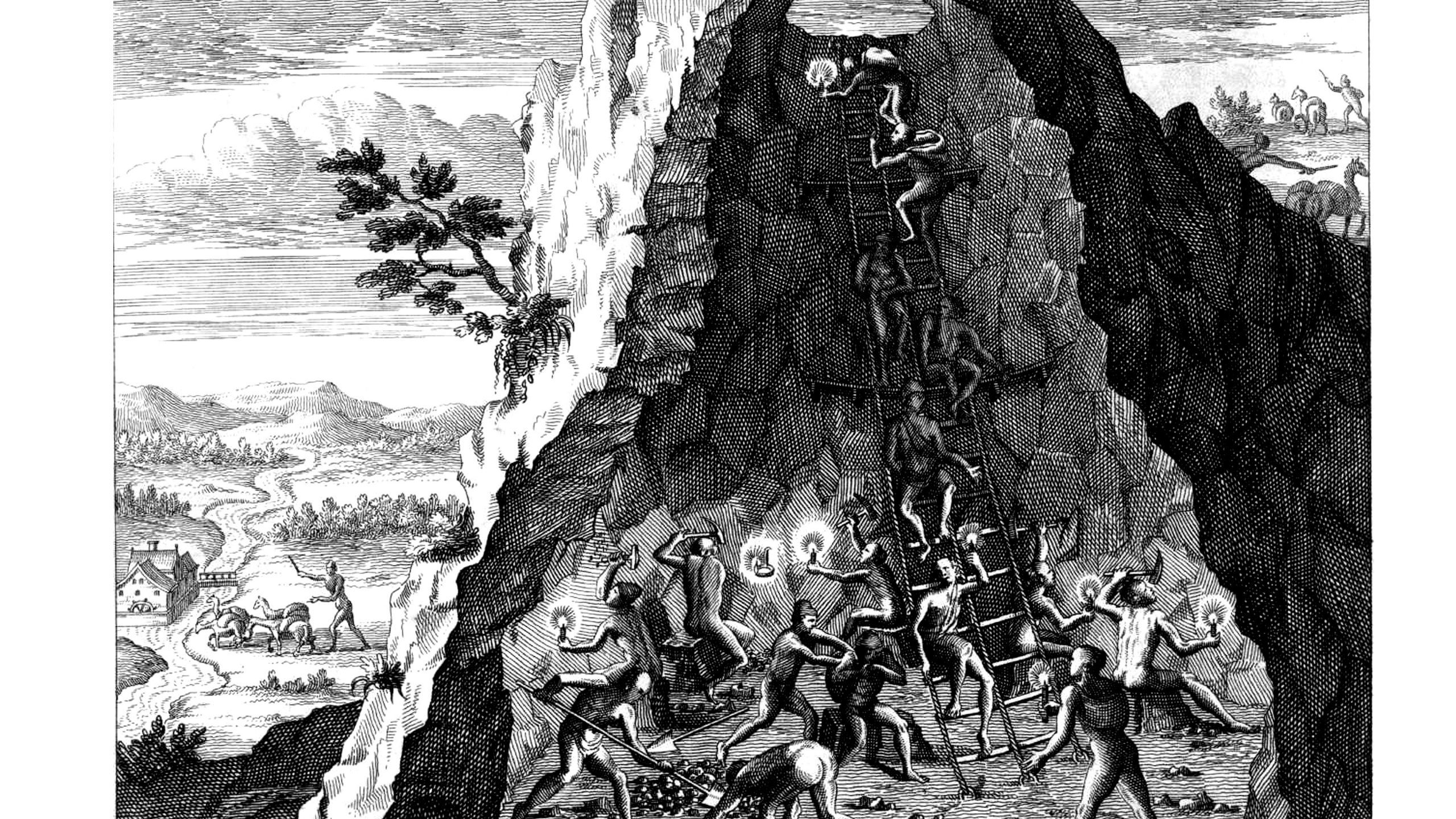
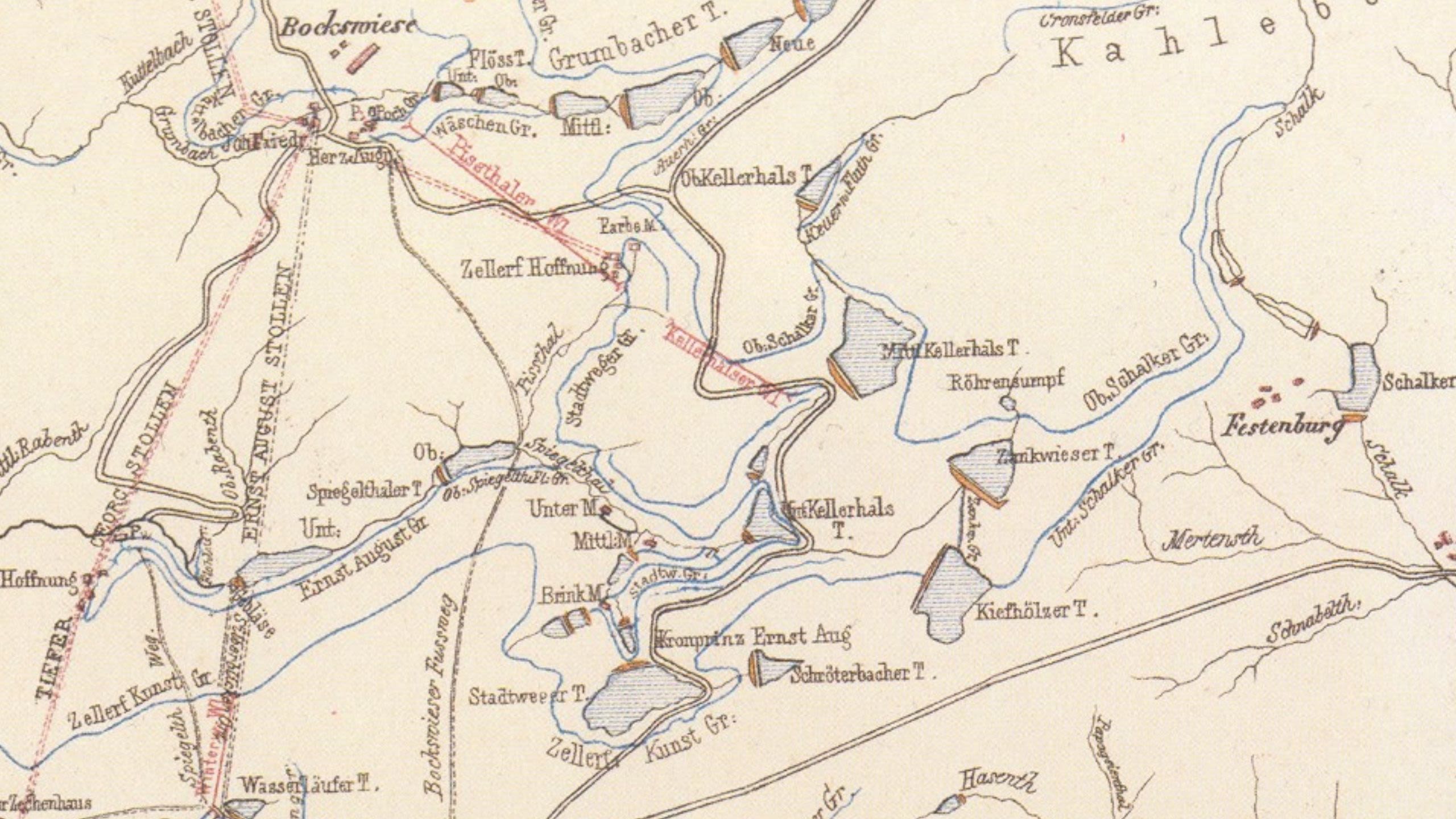


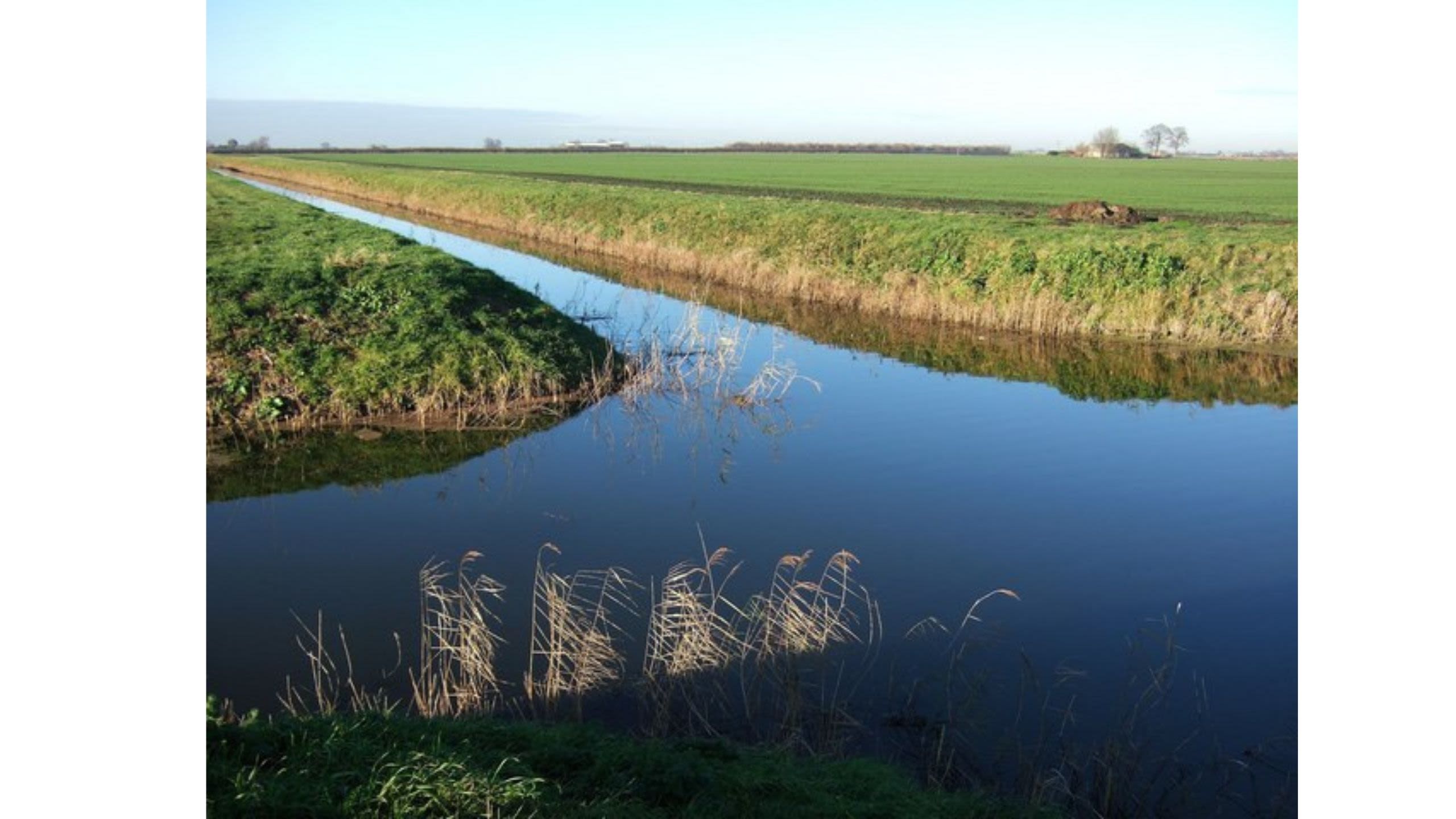
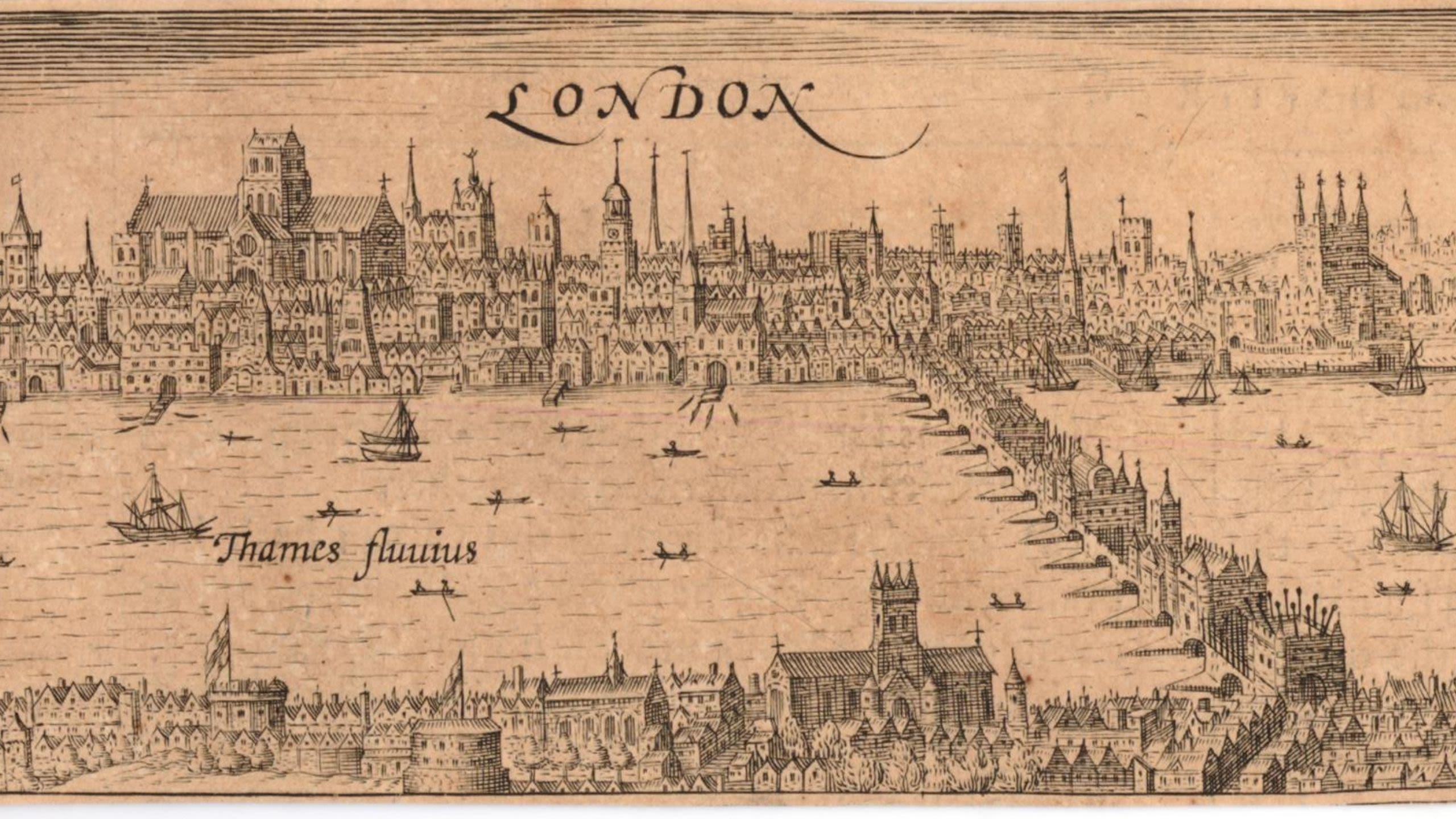
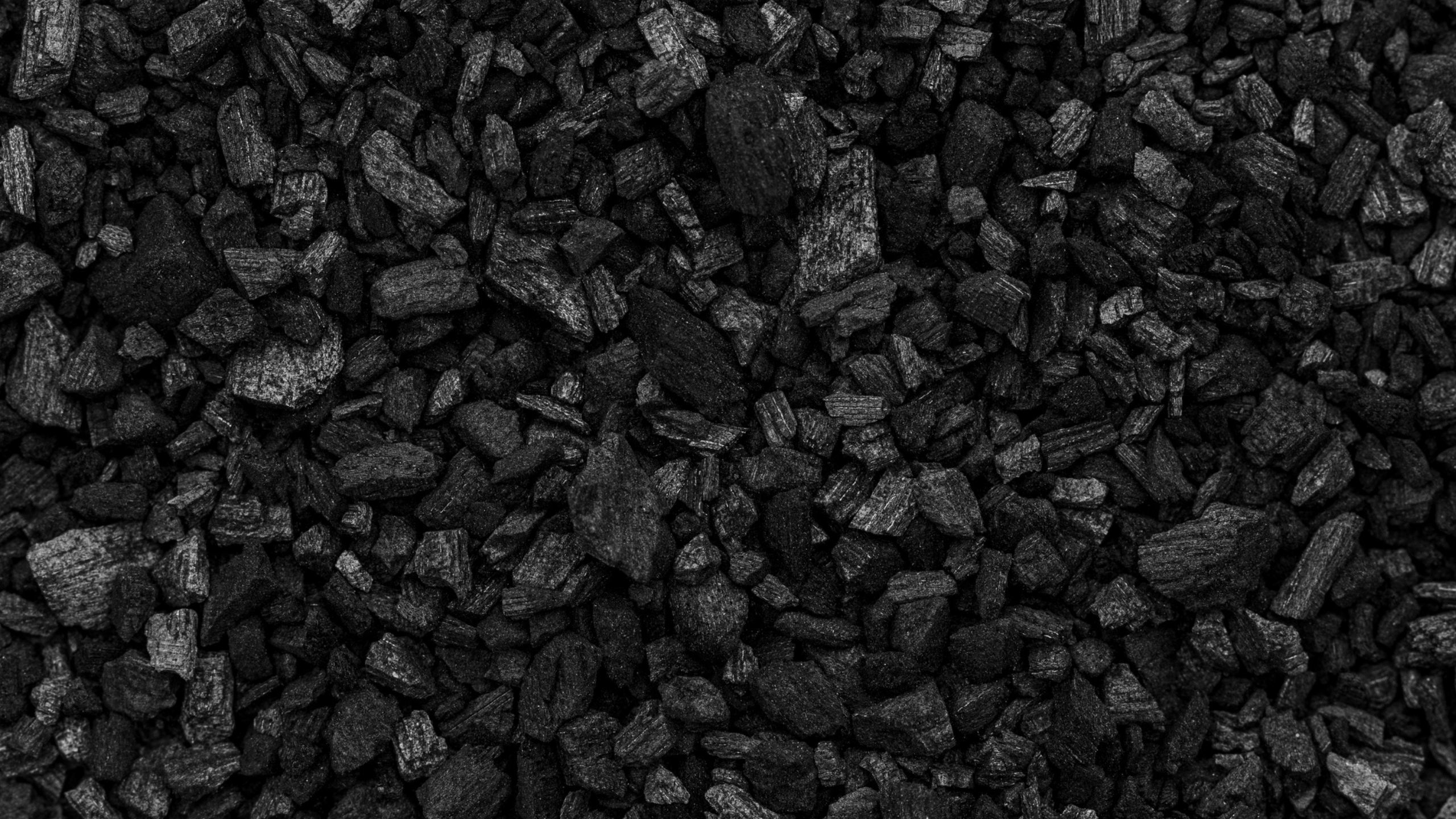

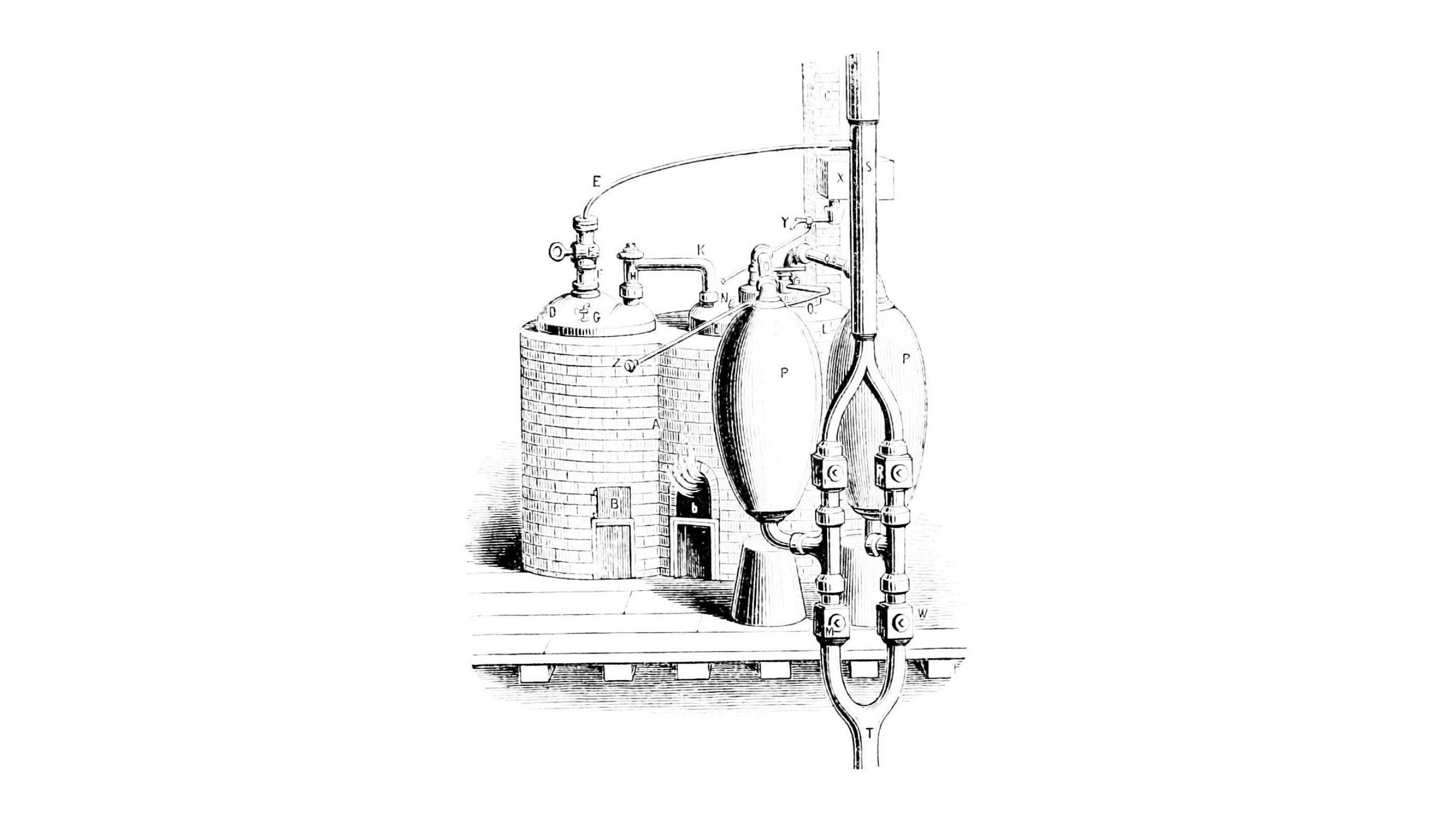
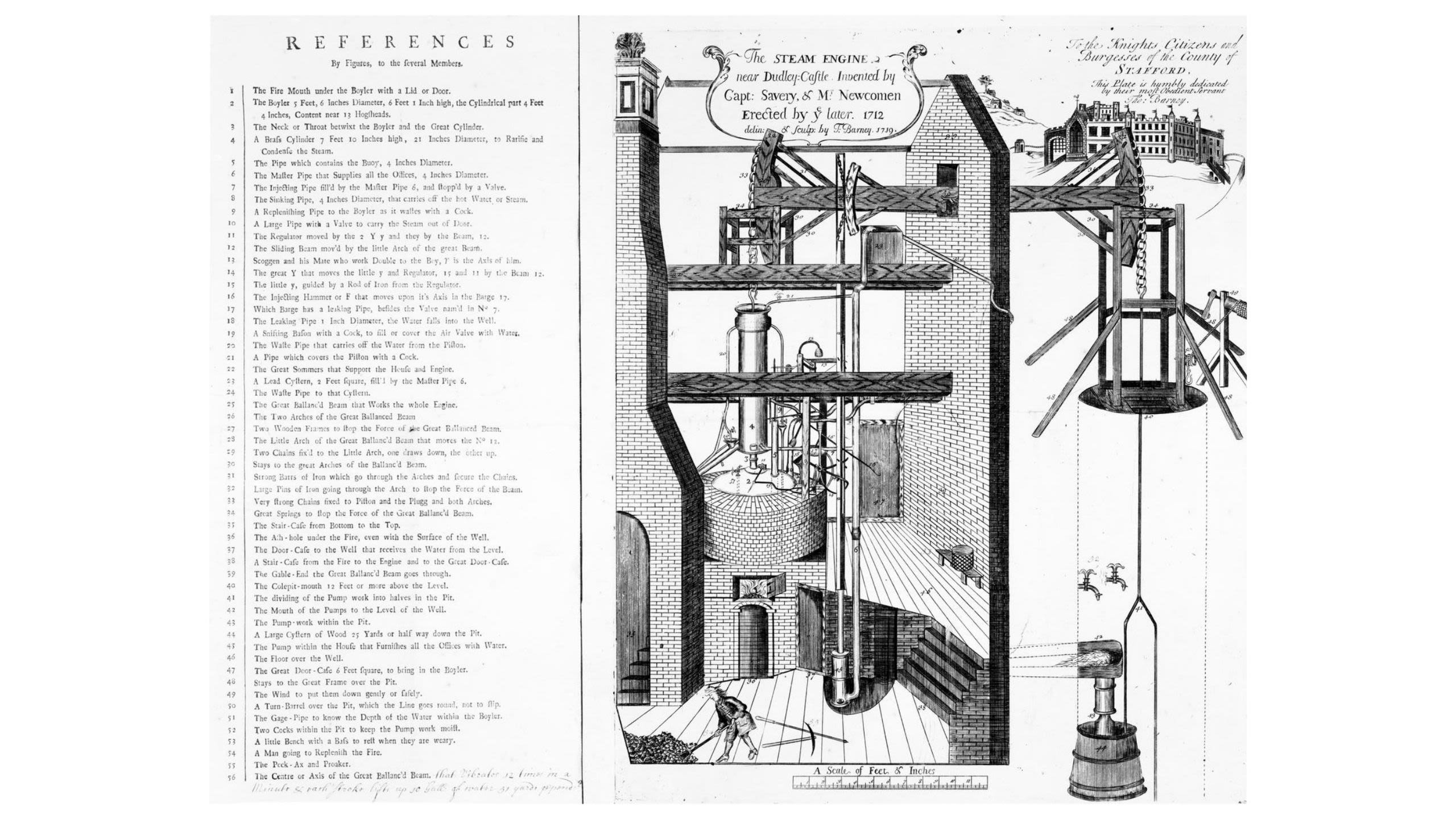
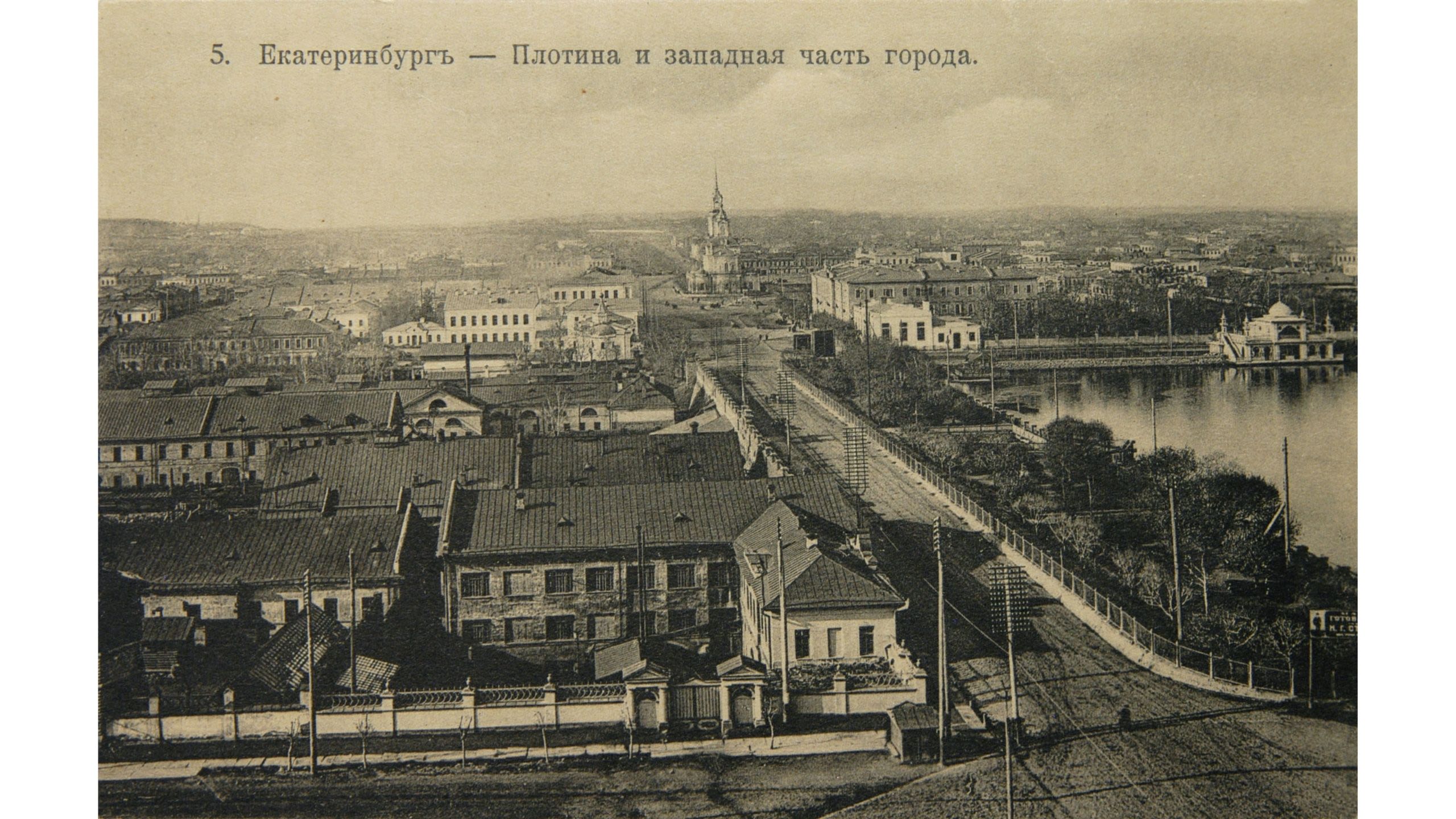
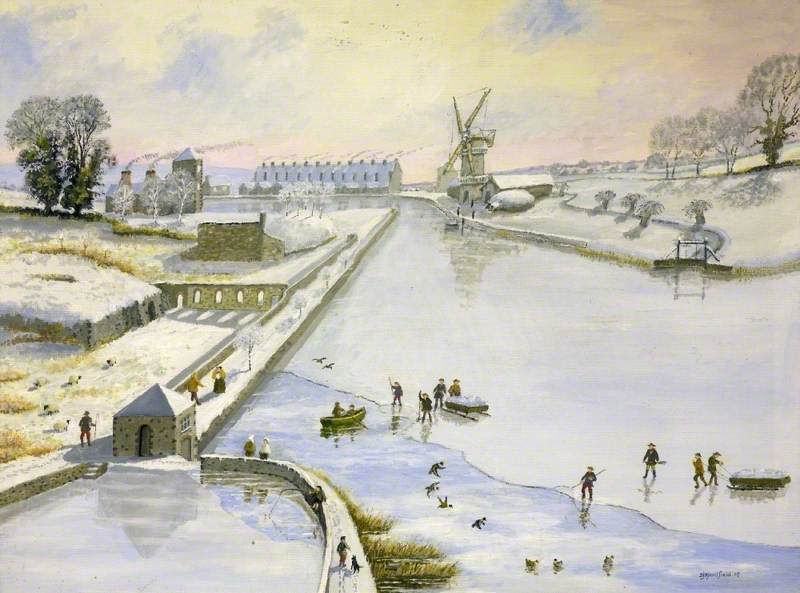
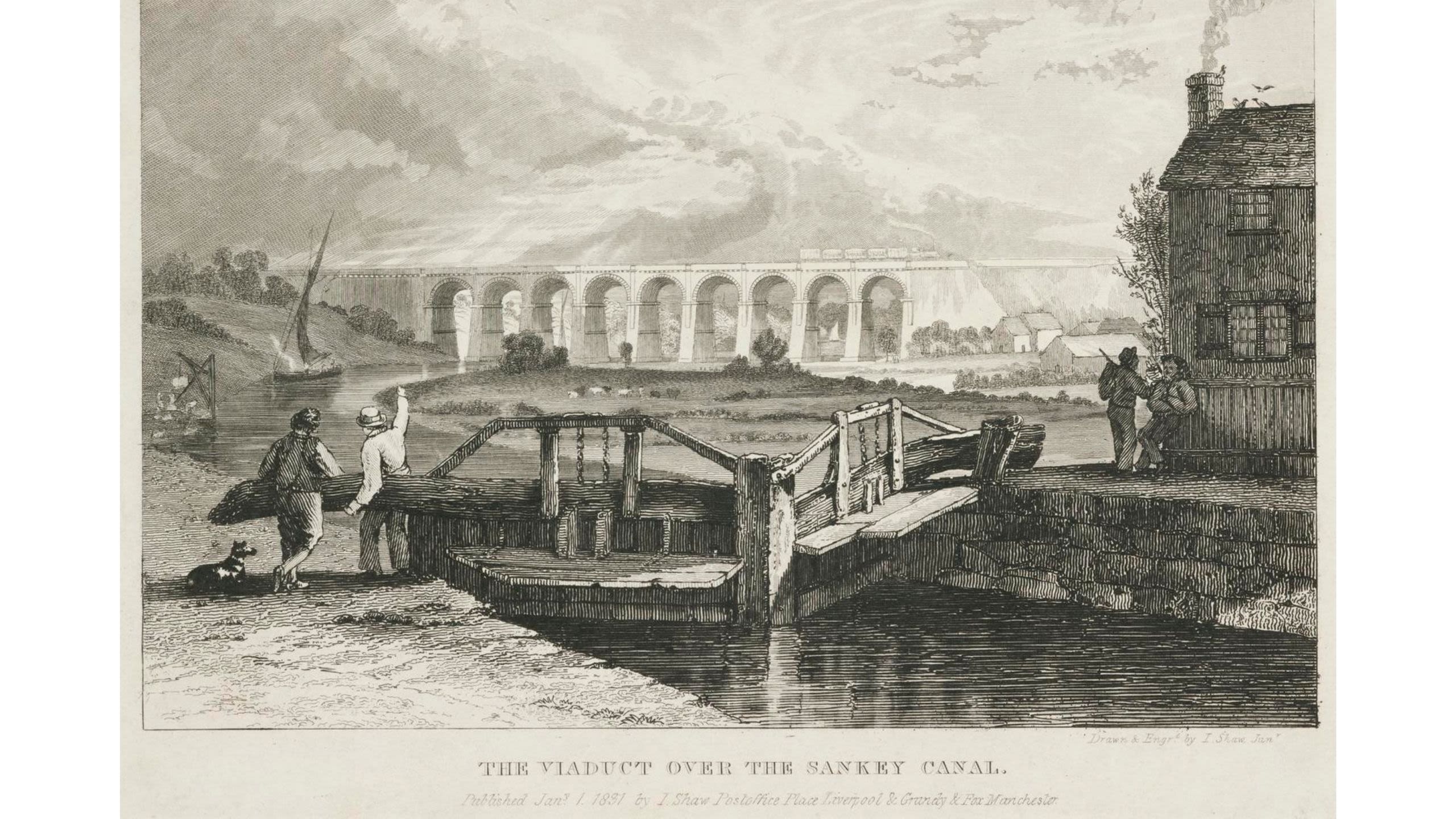
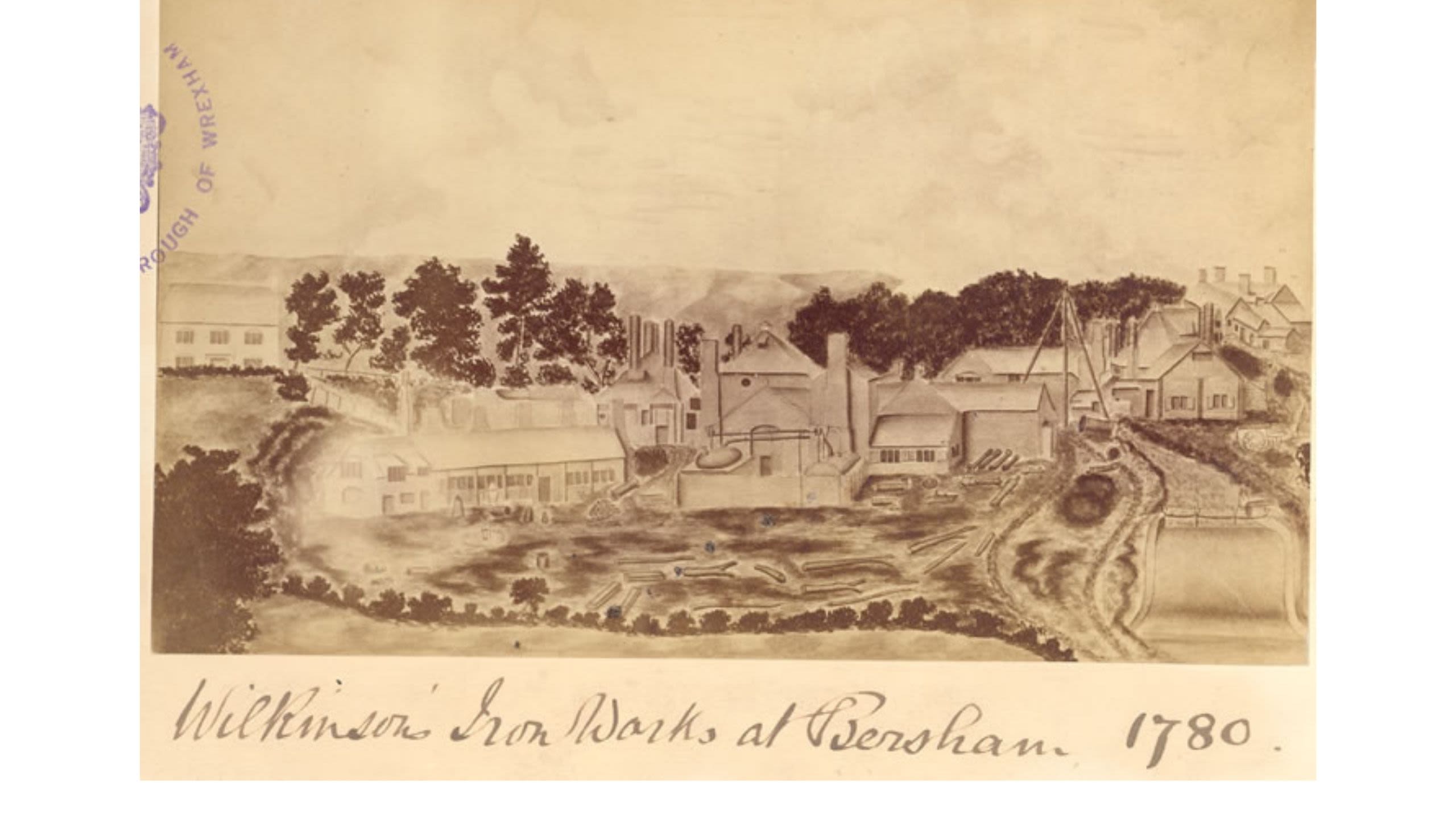
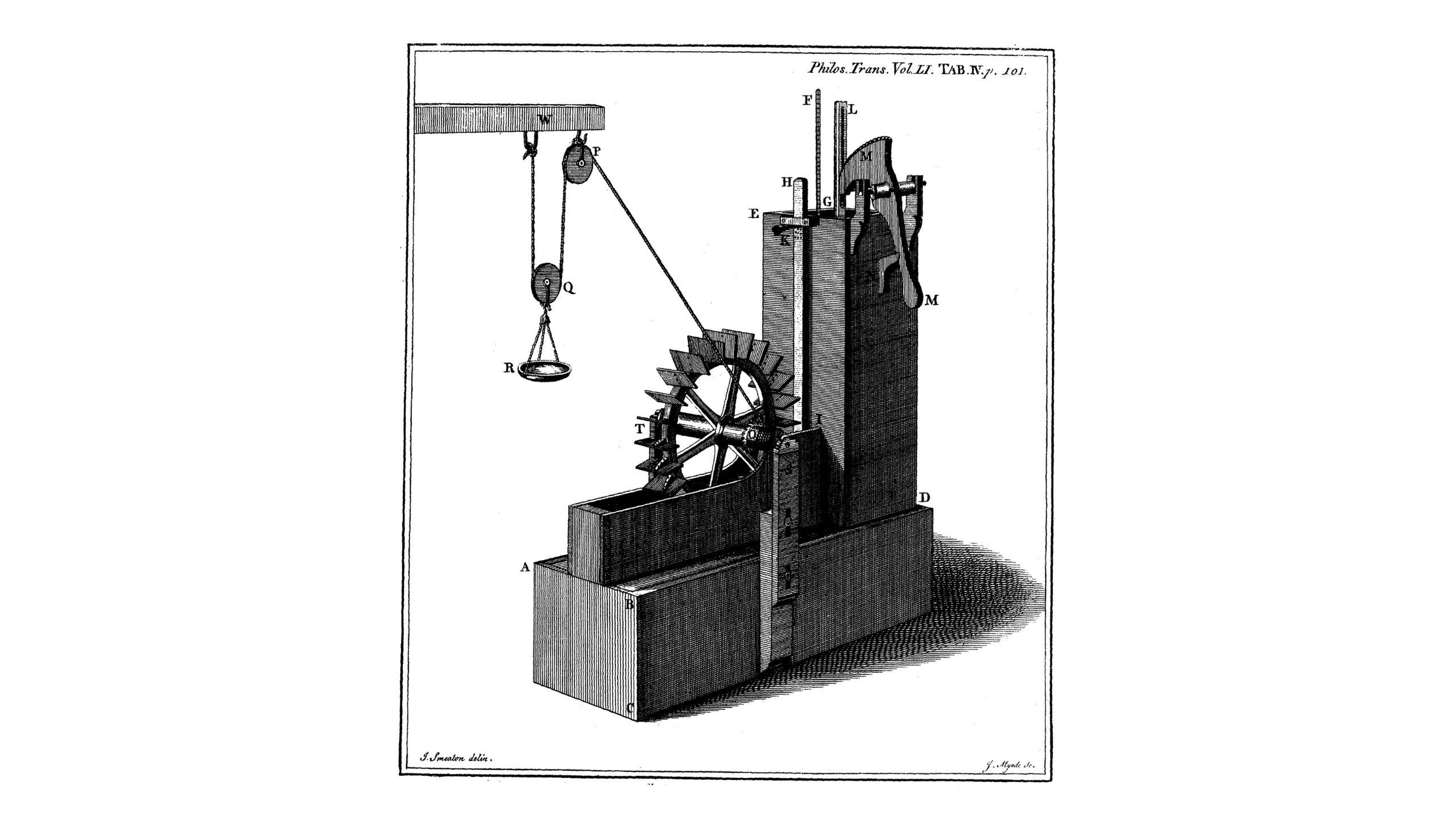



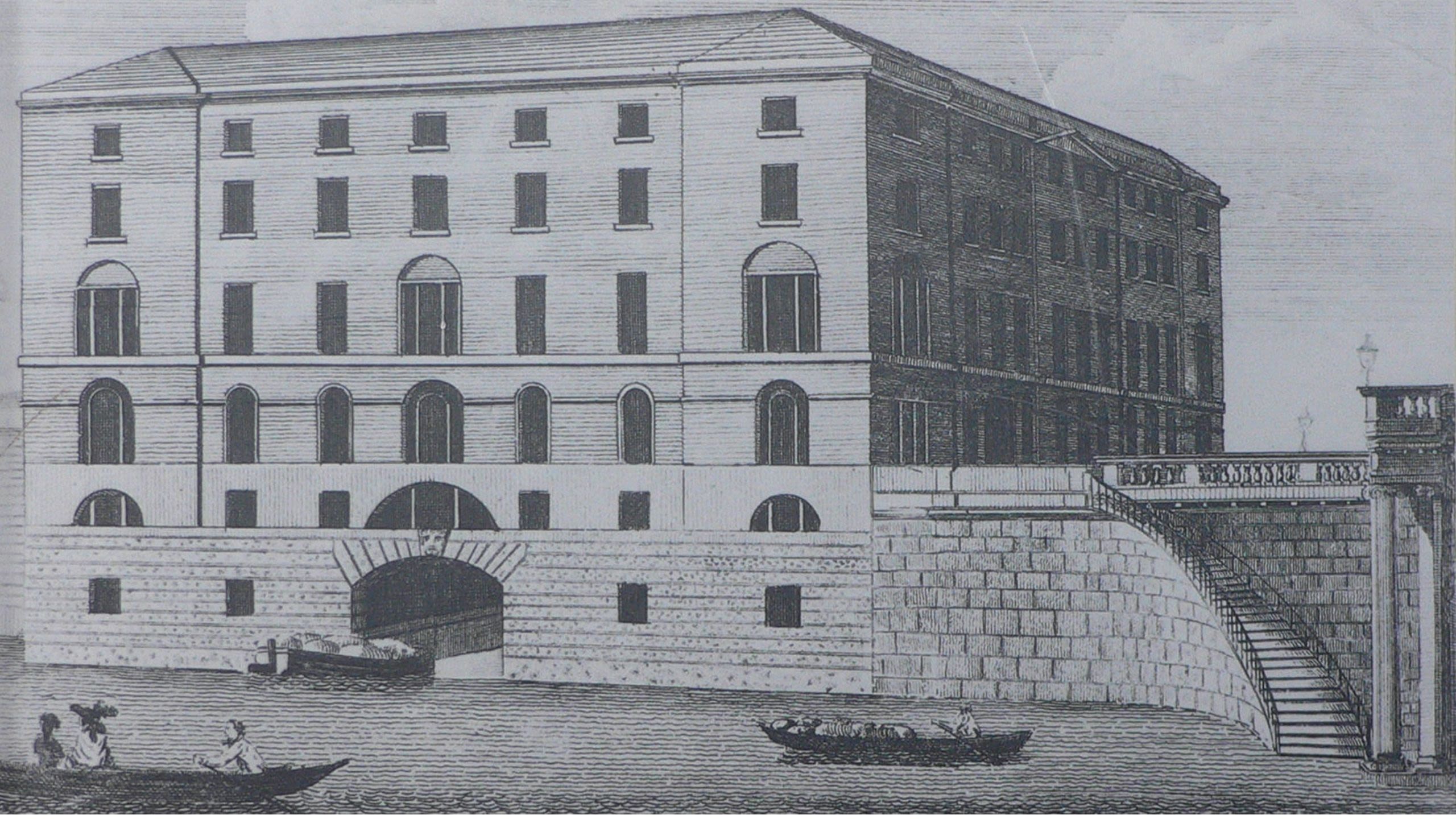
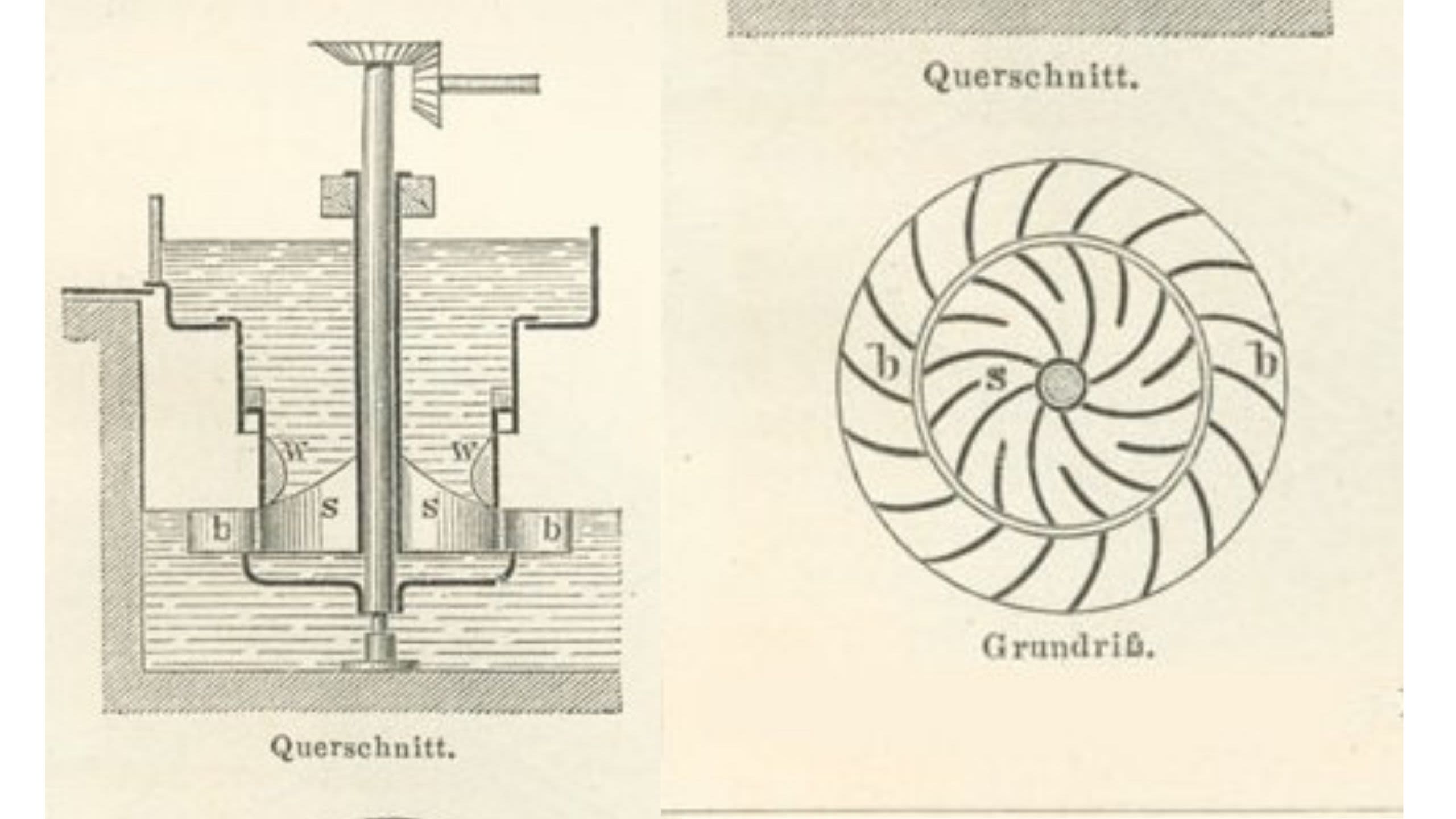
1136 – St Bernard creates the waterpower complex at Clairvaux Abbey
Waterpower helped give rise to the great mediaeval orders of monasteries. St Bernard rebuilt Clairvaux Abbey by applying the force of its stream to milling and bolting the monks’ flour, fulling their cloth and grinding the tannins for their leather shoes.
1545 – Discovery of the silver mines at Potosi
The largest silver mine in history was Potosi, in the Bolivian Andes. By the 1620s, a few decades after its discovery, dozens of dams stored the water to power 132 ore-crushing mills, providing an estimated 600 horsepower.
1550s – Expansion of waterpower for metallurgy at the Harz mountains
The exploitation of waterpower at the Harz mountains in Germany was dramatic. From the late sixteenth century onwards, more and more of the region was dammed and canalled. This led to the creation of water wheels to pump water from mines, draw up ore, stamp it and drive the bellows for lead, silver and copper foundries.
1560s – Britain’s and especially London’s use of coal for heating begins to expand
The demand for lower-grade coal very suddenly began to increase in the mid-sixteenth century. Coal of all grades, whether inaccessibly inland or conveniently by a river or the sea, was, within just a few decades, being exploited at a scale never before seen for heating people’s homes.
1610s – The English glass industry begins switching from burning wood to coal
The fuel-hungry glass industry shifted to burning the highest-grade anthracite or “stone coal” in the 1610s and by the mid-1620s had managed to use even the lower-grade coals. England’s glass industry soon became the envy of Europe.
1622 – Cornelius Vermuyden is in England and begins work draining its marshes and fens
Dutch expertise in creating canals and performing drainages to transport peat was employed in England when the rise of coal made it increasingly worthwhile to drain its marshes and fens.
1635 – River Thames made navigable from London to Oxford
The Thames was made navigable, making it easier to bring more grain from the inland counties to London and more coal to Oxford.
1640 – Britain is mining an estimated 1.5 million tons of coal per year
The demand for all this coal came from ordinary people of modest means, to heat their homes. By installing chimneys and purpose-built iron grates and mixing the coal with other materials into briquettes, even sulphurous coal could be burned within the home.
1651 – River Wey made navigable
The River Wey was made navigable, extending coal further into the Surrey countryside and thereby swelling the size of towns like Guildford, while London gained access to more grain.
1698 – Thomas Savery patents his steam engine for raising water
Savery engines were eventually applied indirectly to mechanical functions by raising water into reservoirs, to then pass over waterwheels. These re-circulating or “returning” engines made pre-existing water-powered factories more reliable.
1712 – Thomas Newcomen erects the first practical atmospheric engine for draining mines near Dudley Castle, Staffordshire
Newcomen engines proliferated in the eighteenth century, largely for draining coal mines and pumping city water supplies. Like Savery engines, they also began to complement pre-existing water-powered factories as returning engines.
1723 – Founding of the Yekaterinburg water-powered industrial centre
At Yekaterinburg, a reservoir dammed in the 1720s eventually powered 50 waterwheels, producing an estimated 200-500 horsepower, which in turn drove over a hundred bellows for blast furnaces and dozens of machines for hammering, rolling, drawing and stamping metal. Where there had scarcely been a village before, the region became the Russian Empire’s industrial centre.
1749 – Returning engines used by William Champion at his Warmley brassworks
A large returning engine powered the brassworks of William Champion at Warmley, near Bristol. When it was replaced in 1761 it used the largest steam engine that had ever been built.
1757 – Sankey Canal opened
The Sankey Canal of 1757 – the opening salvo of the canal age — was dug to connect the growing port of Liverpool to the coal fields at Haydock and Parr, because its traditional supply of coal from Prescot had become too expensive.
Circa 1758 – Isaac Wilkinson installs a steam engine to re-circulate water for his Bersham iron works
Returning engines were used to drive the bellows at various ironworks in the 1750s, and at Bersham Isaac Wilkinson used a returning engine that “shook the buildings and ground to a considerable distance” to power the blowing cylinders he had invented to supersede leather bellows for blast furnaces.
1759 – John Smeaton publishes his experiments on waterwheel efficiency
Smeaton, as one of the most prolific engineers of the age, was personally responsible for converting many of Britain’s waterwheels from the impulsion-driven undershot kind to the overshot or breast-shot kinds, exploiting the superior efficiency of gravity.
1760s – London’s roads were so clogged with horses that the mediaeval gates need to be removed
Even after horses were gradually displaced by the steam engines in factories, they were immediately needed in even greater numbers to haul those factories’ increased output. The horses clogged the roads to such an extent that in the 1760s and 70s all of the city’s old gates had to be removed.
1761 – Bridgewater Canal opened
The inspirational Bridgewater Canal flowed over a river through an aqueduct and under hills through tunnels. It was dug to supply Manchester from the coal mines of Worsley. The Bridgewater Canal even helped to drain the mines, while relieving the region’s roads from the excessive strain of coal-hauling carts and waggons.
1780 – Richard Arkwright supplements his water-powered cotton mill at Cromford with a returning engine
Re-circulating engines gave the edge to many of the cotton factories of late eighteenth-century Lancashire and Derbyshire. Some of the water raised by the engines could also be applied to putting out fires – a constant threat in cotton mills.
1786 – The first practical application of James Watt’s rotary-motion steam engine, at the Albion flour mill in London
With Watt’s reliable adaptation of the steam engine to direct rotary motion, coal was able to start displacing horses in the city's largest and most capital-intensive industries like flour milling and brewing.
1827 – Benoît Fourneyron builds his prototype water turbine
Waterwheels continued to be improved, culminating in the invention of highly efficient water turbines. Later adapted to steam, they now generate most of the world’s electricity.